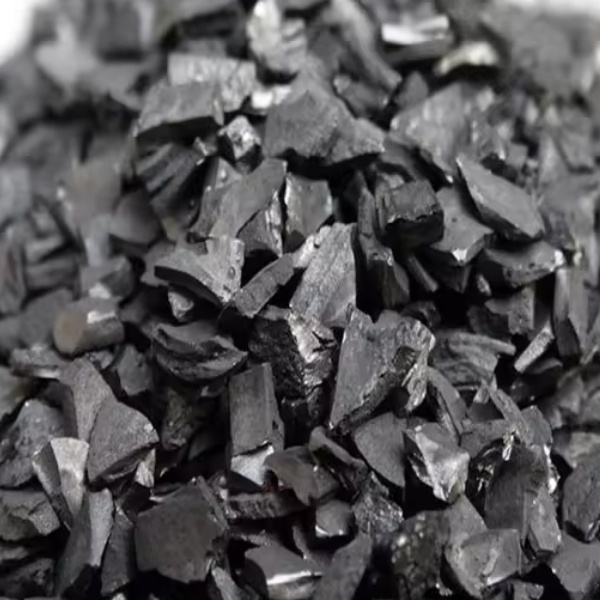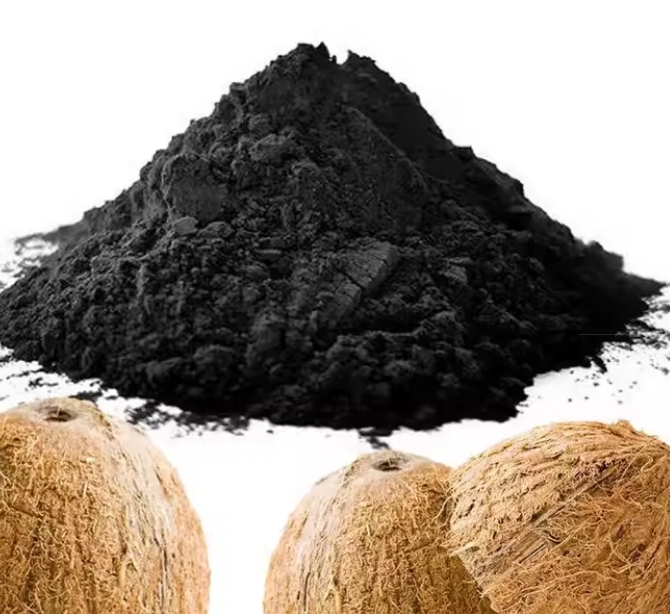In the zinc smelting process, the sources of organic matter can be categorized into two main types based on their use and properties: various additives during the smelting process and oils (extractants) used in extraction processes. Oil content is widely used as a measurement method for organic matter in solutions, referring to the amount of mineral and animal/plant oils in water. The determination methods typically involve extracting the oil from the sample using carbon tetrachloride or ether, followed by measurement using gravimetric methods or non-dispersive infrared methods.
Solvent extraction metallurgy is an important component in the comprehensive recovery of precious metals during zinc smelting. In actual extraction operations, on one hand, the extractants are generally of high value, especially in the extraction of common metals, requiring the separation and recovery of the organic phase that is carried over with the raffinate (aqueous phase). On the other hand, it is crucial to prevent the organic phase itself and impurities extracted into the organic phase from being carried back into the purified aqueous phase, as this could lead to product contamination and affect product quality. During the solvent extraction process, the oil in the aqueous phase typically exists in four forms: suspended oil, dispersed oil, emulsified oil, and dissolved oil.
Activated carbon adsorption is the most widely used and effective method for oil removal. This relies on the large number of oxygen-containing functional groups on the surface of activated carbon, such as phenolic hydroxyls, carbonyls, carboxyls, and lactones, which exhibit strong surface reactivity. Adsorption can be categorized into physical and chemical types based on the nature of the interactions between the adsorbate and the adsorbent. Physical adsorption is caused by intermolecular forces, has low heat of adsorption, and is easily desorbed. In oil removal from solutions, adsorption refers to the process where activated carbon captures organic components, primarily through physical adsorption. Chemical adsorption, driven by chemical bonds, involves larger heat of adsorption and is usually irreversible, though it plays a minor role in this context. Practically, activated carbon adsorption often serves as the final step in oil removal processes, complementing techniques like ultrasonic cleaning or resin extraction to ensure that effluent quality meets standards.
Coconut shell activated carbon is a high-quality adsorbent produced by heating coconut shells in the absence of air to burn off organic non-carbon components, followed by a reaction with air that creates a developed microporous structure (activation process). During activation, a significant amount of carbonaceous material is eroded, resulting in the formation of countless micropores on the surface, with pore sizes ranging from 2 to 50 nm. This gives activated carbon a large surface area, typically around 500 to 1500 m²/g. Nearly all applications of activated carbon are based on this characteristic.
The use of activated carbon for adsorbing organic matter from zinc sulfate solutions has been widely adopted by many zinc smelting enterprises due to its excellent adsorption properties in aqueous solutions. However, in practice, zinc sulfate solutions are high-salinity, and when activated carbon interacts with these solutions, the adsorption pores may be preferentially occupied by high-concentration ions such as sulfate and zinc ions, reducing the likelihood of organic molecule adsorption. Additionally, the effectiveness of the activated carbon can vary significantly based on the materials purchased by enterprises, as well as differences in specific surface area and adsorption capacity. The removal of organic matter from solutions in the hydrometallurgical zinc process has been a limiting factor for enterprise development. Companies typically choose suitable treatment processes based on their specific conditions. Comparing various organic removal techniques, activated carbon adsorption remains favored for its adaptability and effective adsorption, ensuring its continued widespread application in industrial production in the near future.



